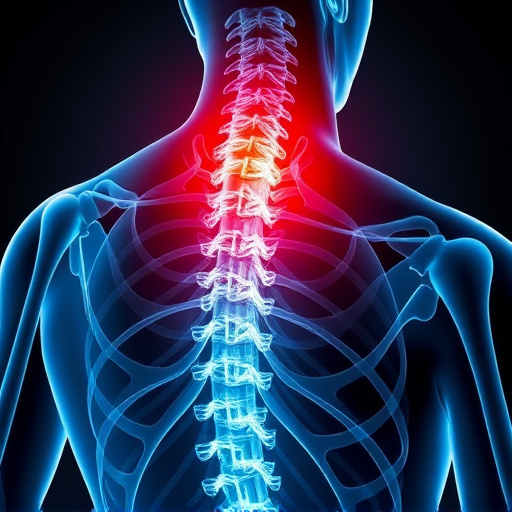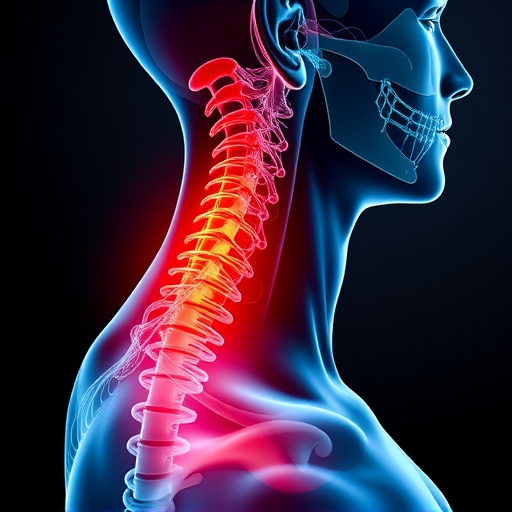Chronic pain results from diverse factors like injuries, arthritis, nerve damage, and triggers such as movement, stress, sleep, and weather. Effective management involves personalized approaches combining physical therapy, lifestyle adjustments, medication, and rehabilitation to target root causes for lasting solutions in chronic pain relief. Open communication with doctors and exploring non-invasive treatment options are key components of comprehensive chronic pain management.
Chronic pain can significantly impact your daily life, but effective management is achievable. This guide aims to empower you by providing insights into understanding and navigating your chronic pain. We’ll explore common causes and triggers, helping you identify and avoid them. Additionally, we’ll delve into various treatment options and offer communication strategies to build a strong partnership with your doctor, ensuring personalized care for optimal chronic pain management.
- Understanding Your Chronic Pain: Causes and Triggers
- Exploring Treatment Options for Effective Management
- Building a Partnership: Communication Strategies with Your Doctor
Understanding Your Chronic Pain: Causes and Triggers

Chronic pain is a complex condition that can arise from various sources within the body. Understanding the causes and triggers of your chronic pain is an essential step in effective chronic pain management. Common causes include injuries, such as herniated discs, arthritis, fibromyalgia, nerve damage, or previous surgeries. These conditions can lead to persistent pain signals sent to the brain, making it challenging to alleviate with over-the-counter medications alone.
Triggers play a significant role in exacerbating chronic pain. They can be physical, like certain movements or positions that strain affected areas, or environmental factors such as stress, lack of sleep, or changes in weather. Identifying these triggers is crucial for developing a comprehensive chronic pain management plan. Your doctor may recommend strategies like physical therapy and rehabilitation services to improve mobility, along with lifestyle adjustments to minimize triggers and reduce overall pain levels.
Exploring Treatment Options for Effective Management

When discussing chronic pain management with your doctor, it’s essential to explore a range of treatment options tailored to your specific needs. This may include various therapies, medications, or lifestyle changes designed to effectively alleviate and manage your pain. Your healthcare provider can guide you through these options, considering factors like the source of your pain, its intensity, and any previous treatments tried.
One aspect often overlooked in chronic pain management is addressing the root cause. For instance, if a car accident injury has led to persistent neck pain, rehabilitation techniques such as physical therapy or specialized exercises might be recommended alongside medication. Exploring these treatment avenues can significantly enhance your overall well-being and quality of life, offering lasting solutions for managing chronic pain.
Building a Partnership: Communication Strategies with Your Doctor

Building a strong partnership with your doctor is essential for effective chronic pain management. Open and honest communication is key; share your experiences, symptoms, and concerns freely. Listen attentively to their explanations and recommendations, asking clarifying questions when needed. This collaborative approach ensures you both understand each other’s perspectives, fostering an environment where personalized solutions can be tailored.
Consider discussing non-invasive treatment options, such as therapeutic exercises or alternative therapies, which might provide pinched nerve relief or reduce pain overall. Your doctor can guide you through these options, considering your unique medical history and preferences, to find the best path forward in managing your chronic pain.
Chronic pain management is a collaborative effort between you and your healthcare provider. By understanding your pain, its causes, and triggers, and employing effective communication strategies, you can build a partnership that leads to tailored treatment options for managing your condition. Regularly reviewing your progress and making adjustments as needed ensures a comprehensive approach to improving your quality of life. Remember, open dialogue is key in navigating the complexities of chronic pain.














